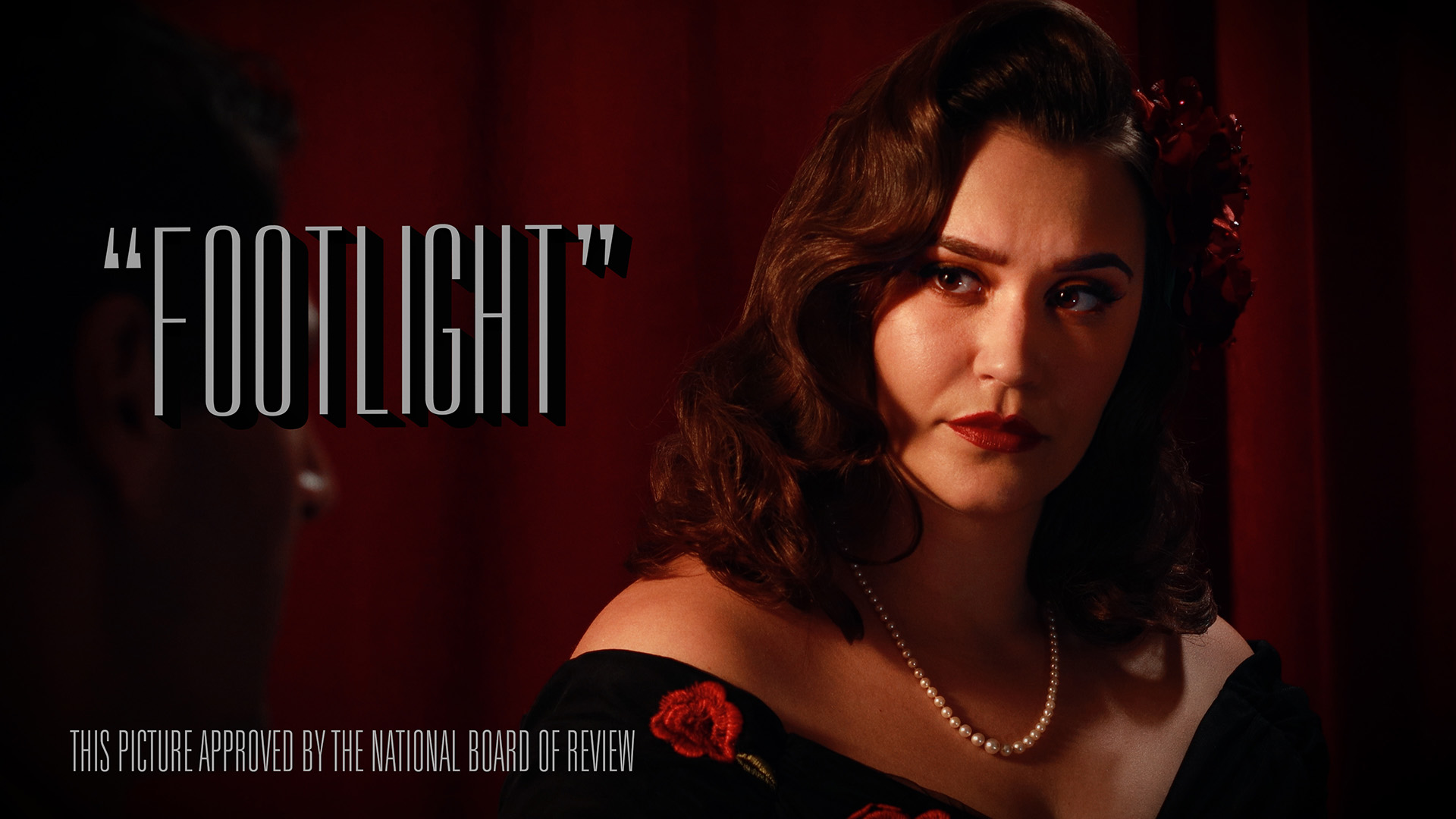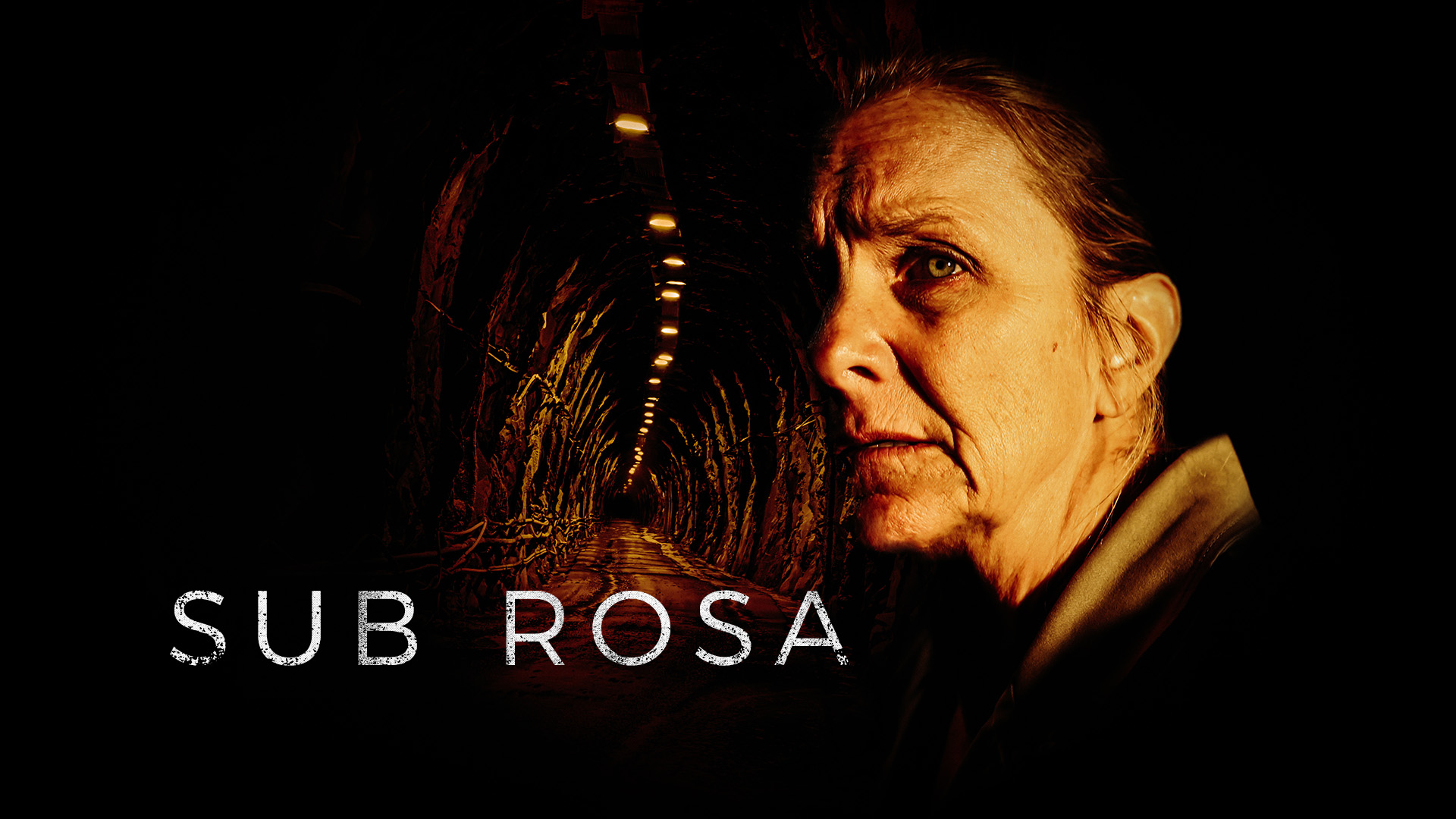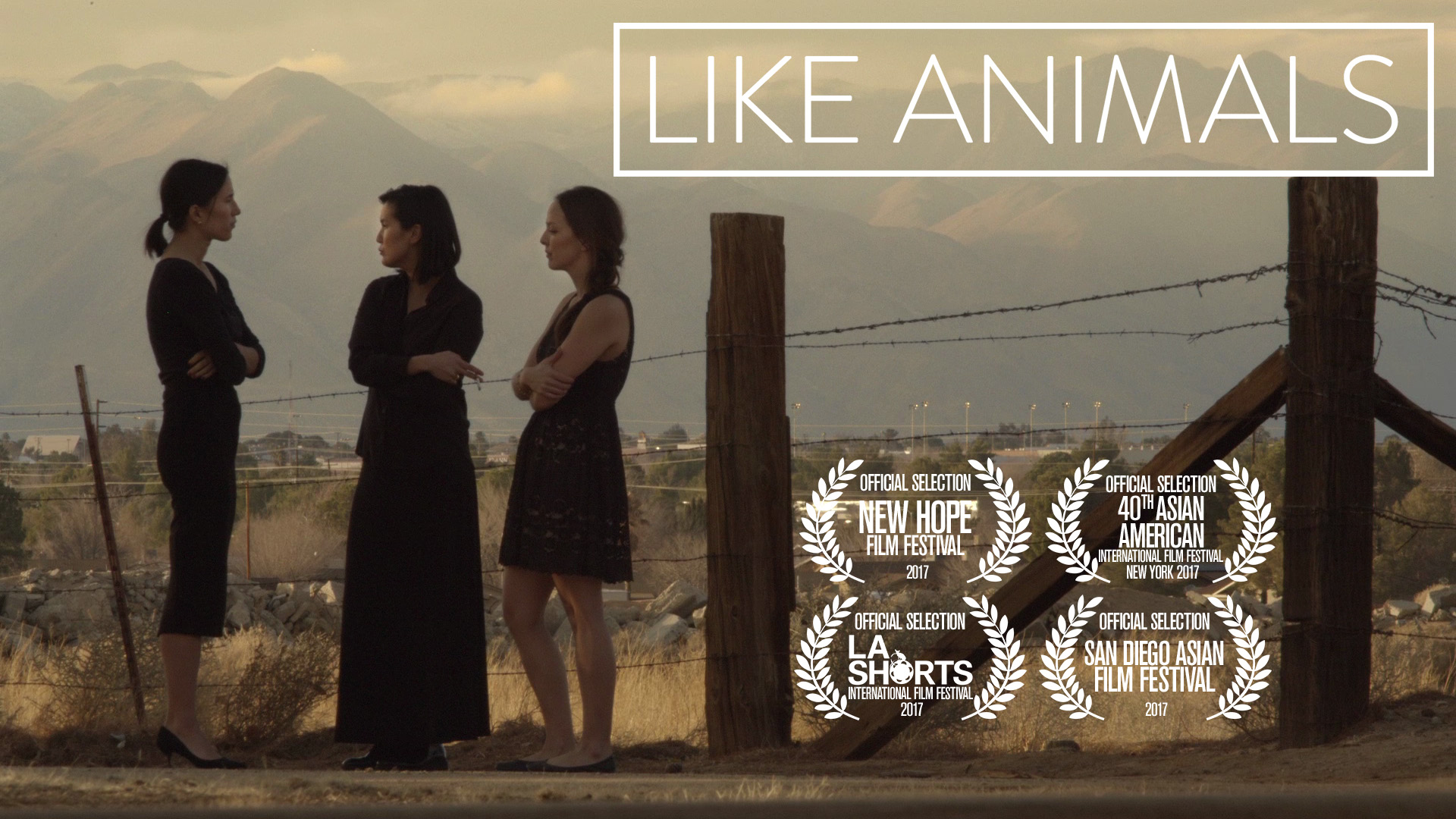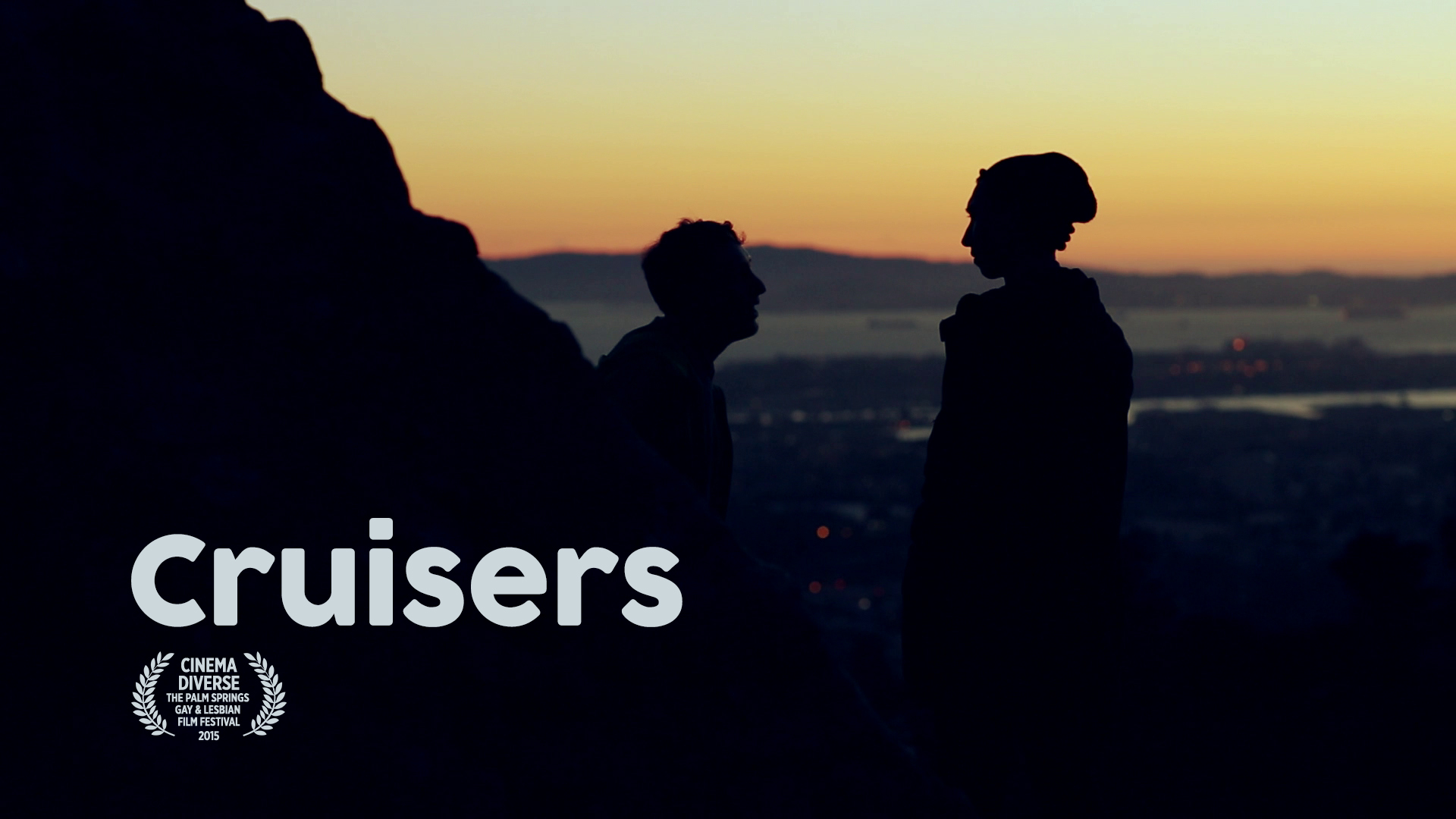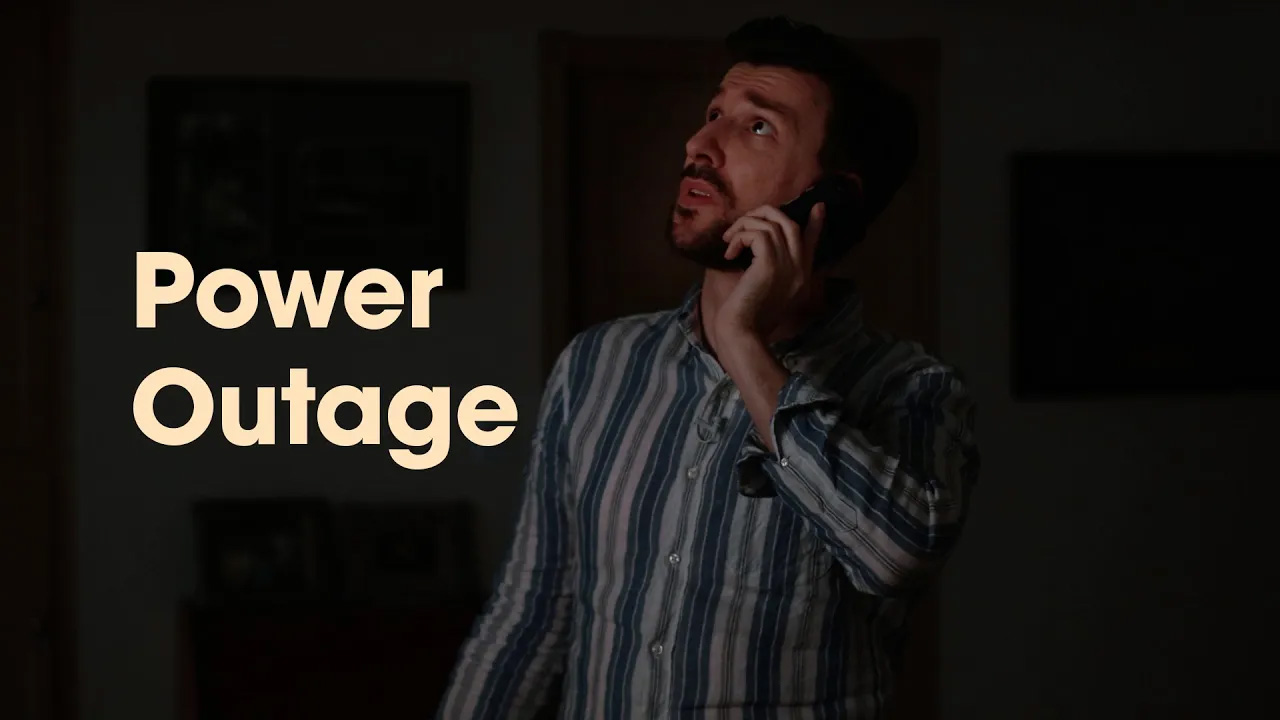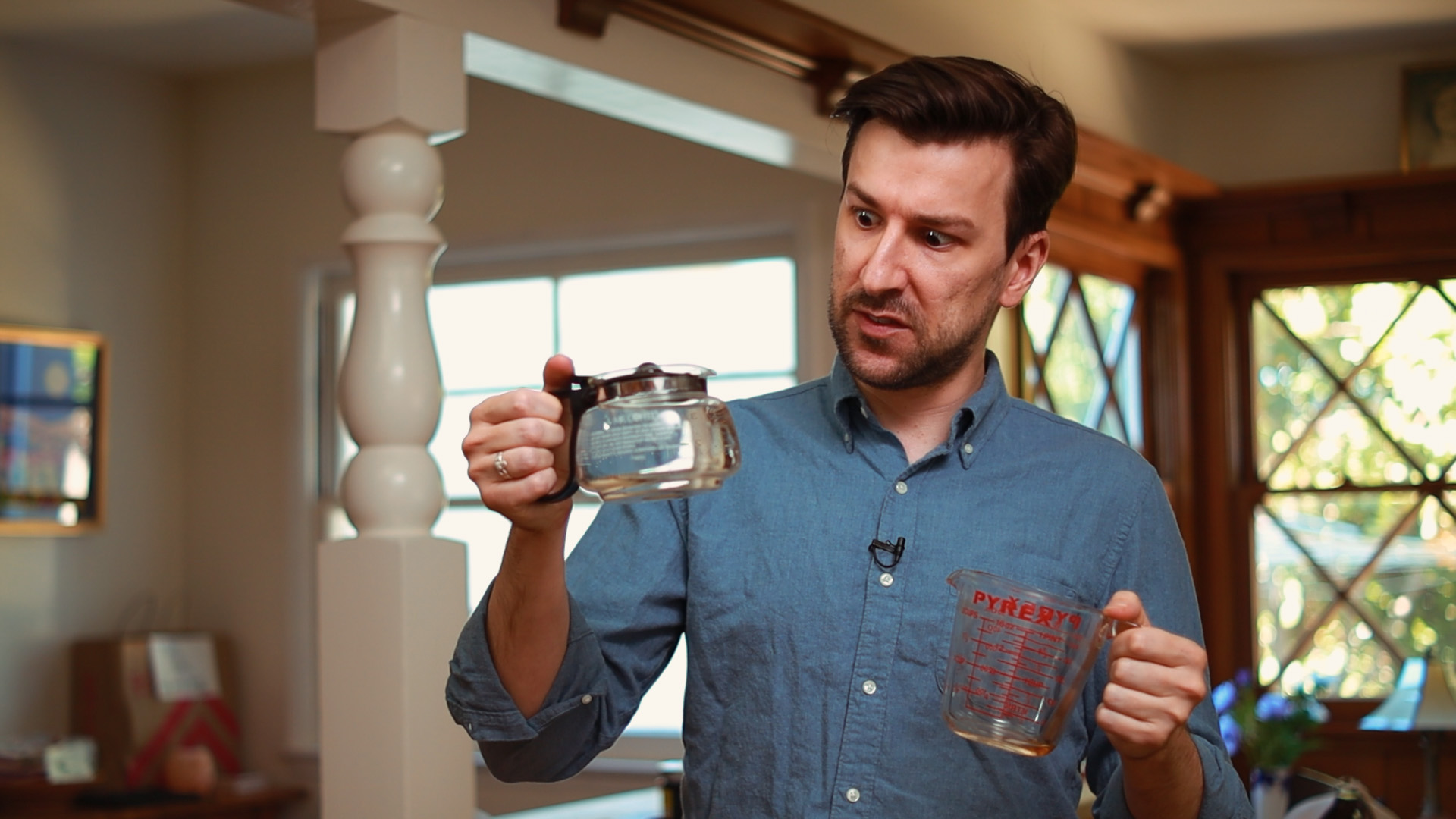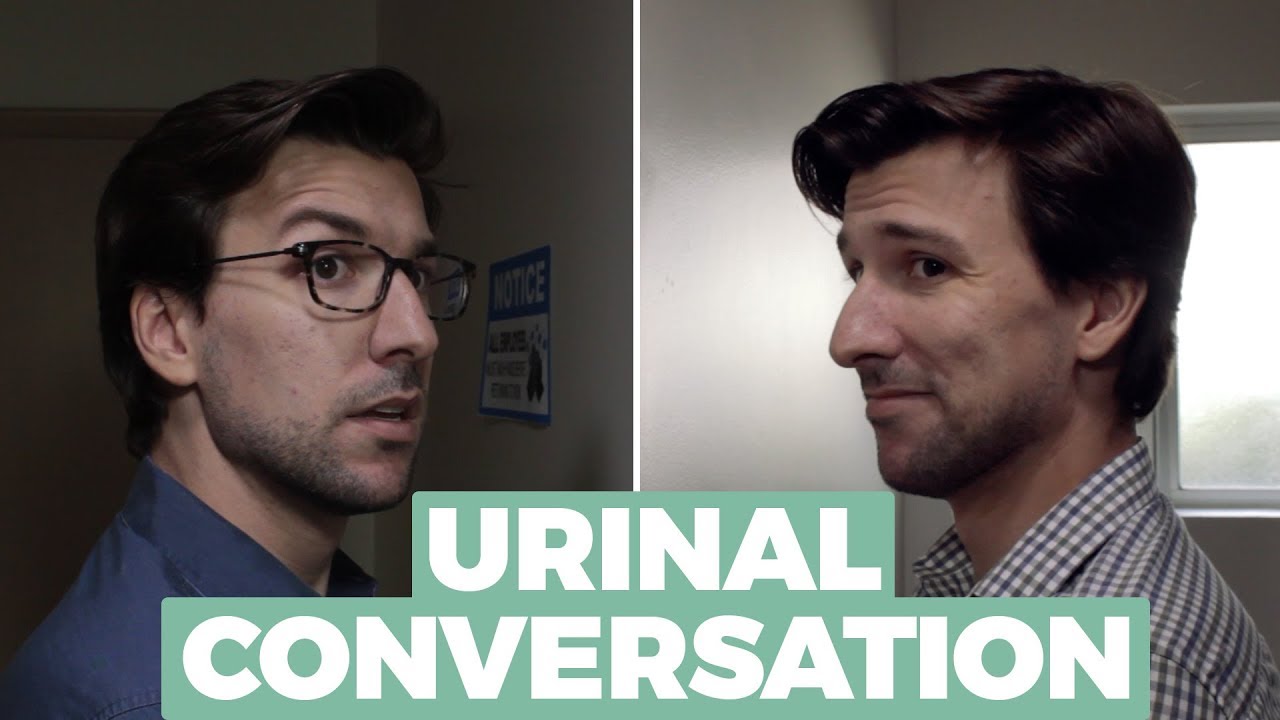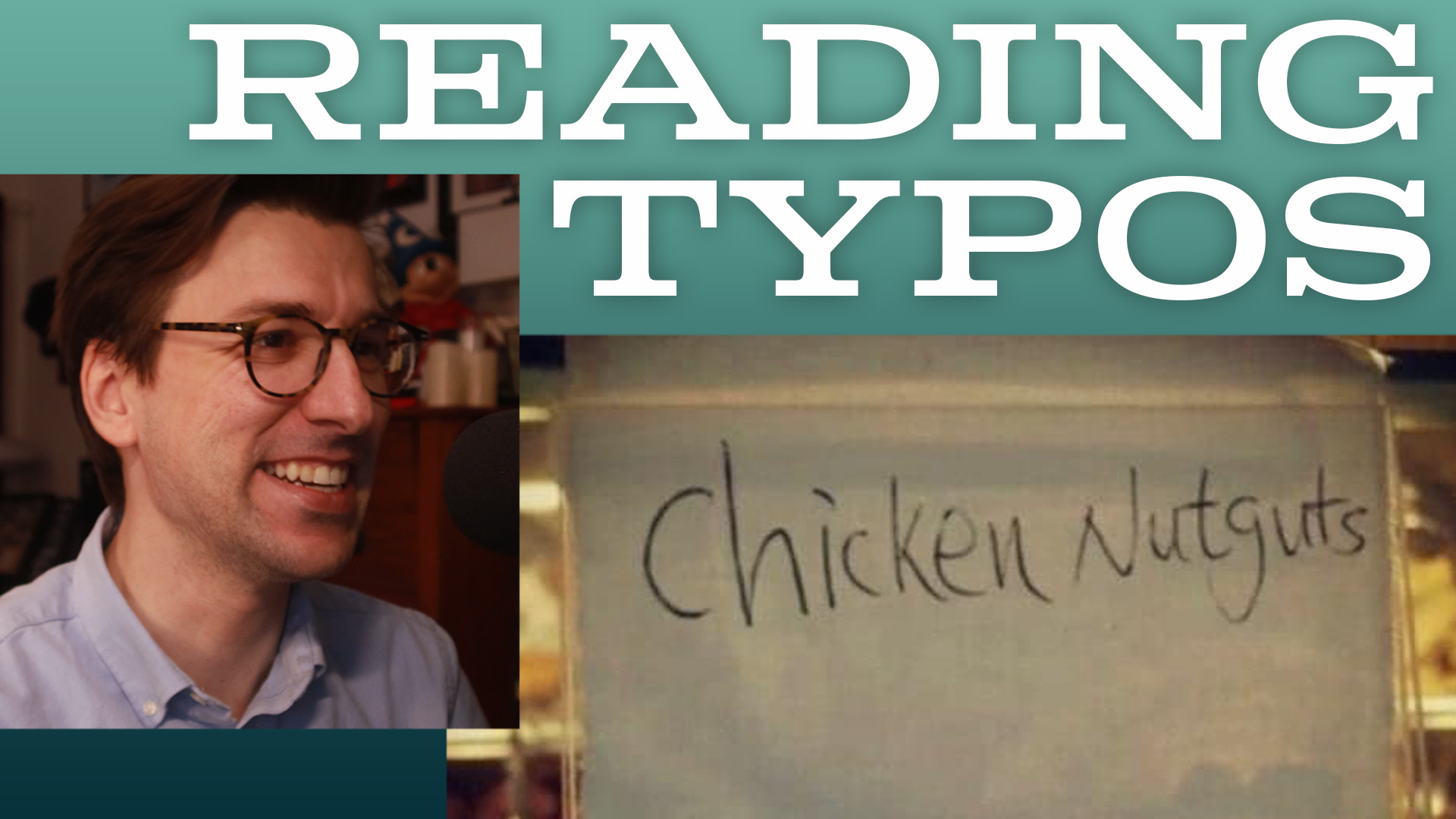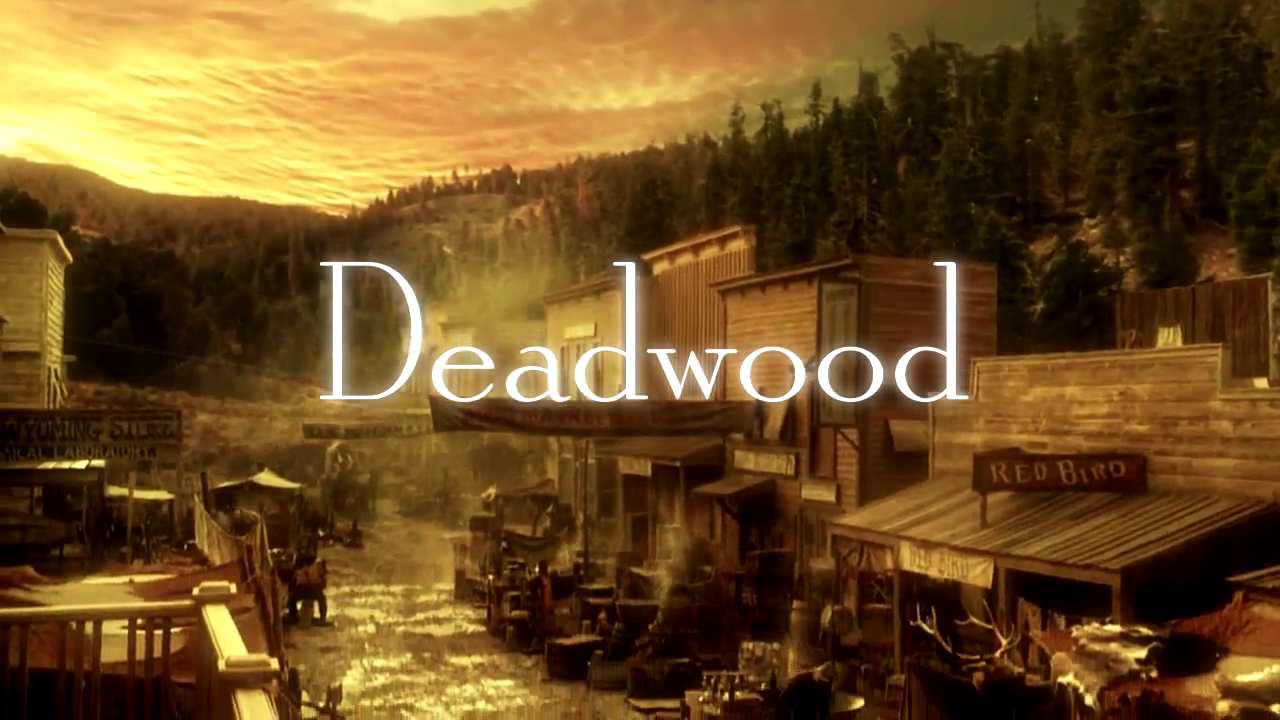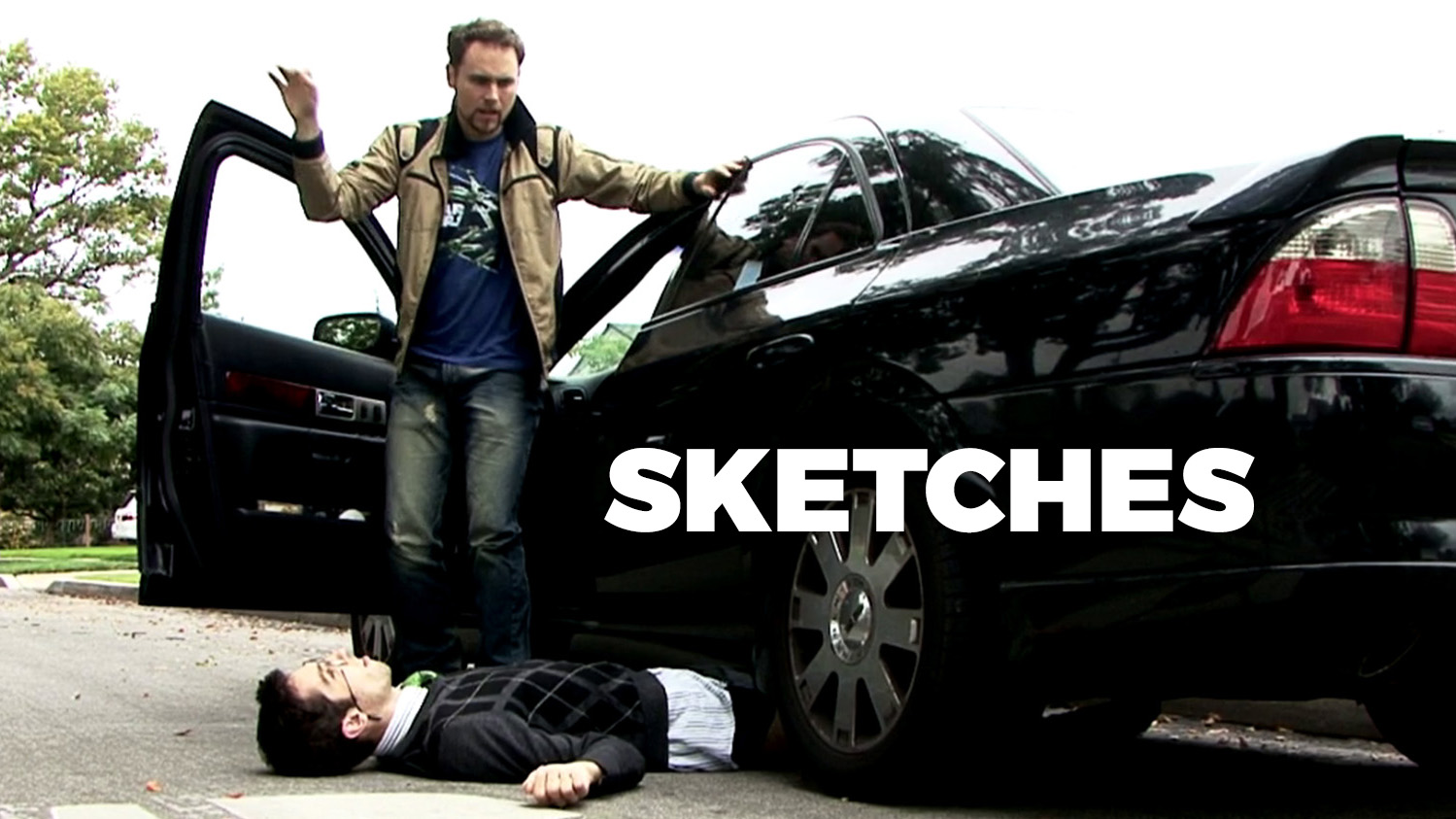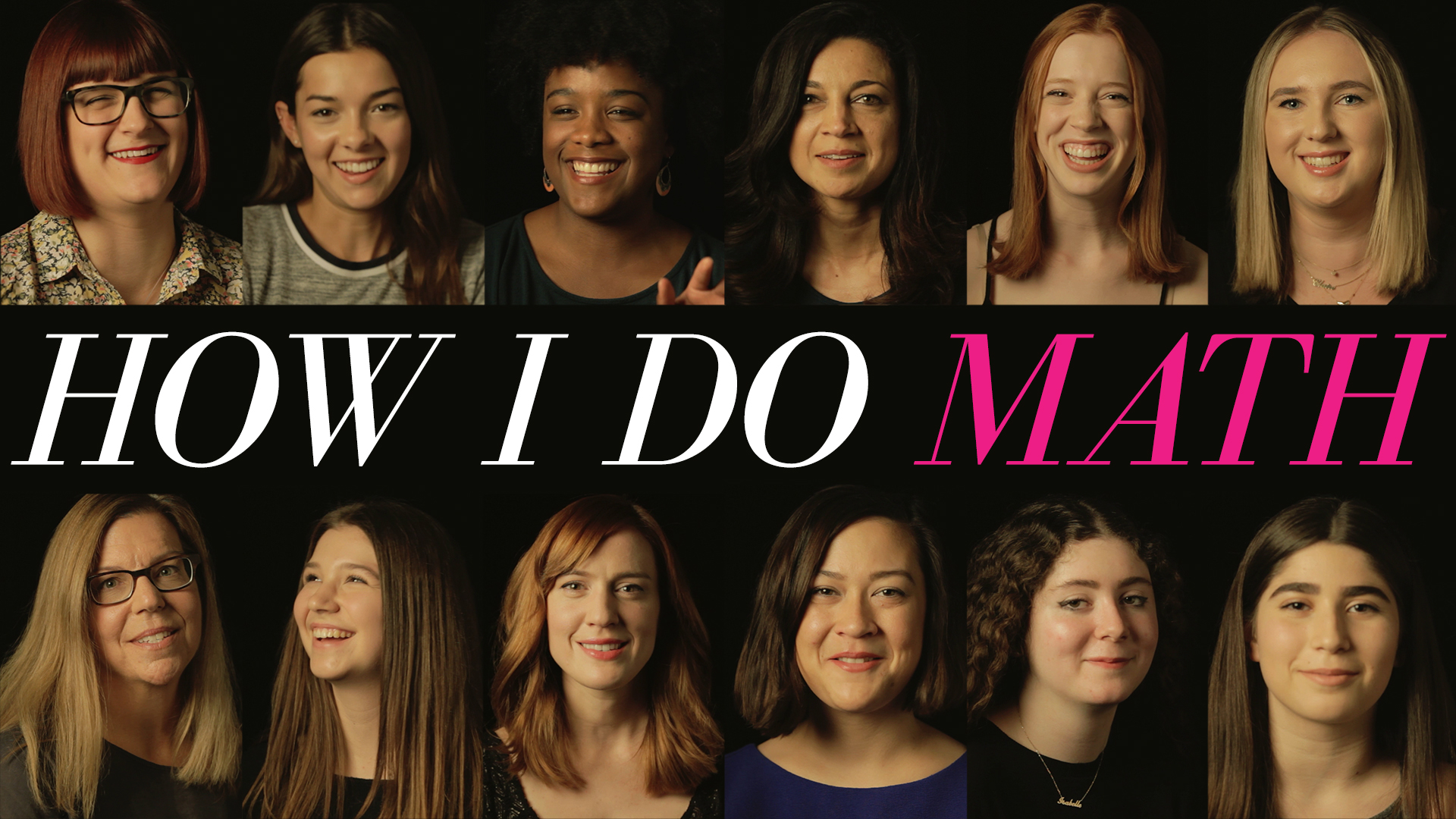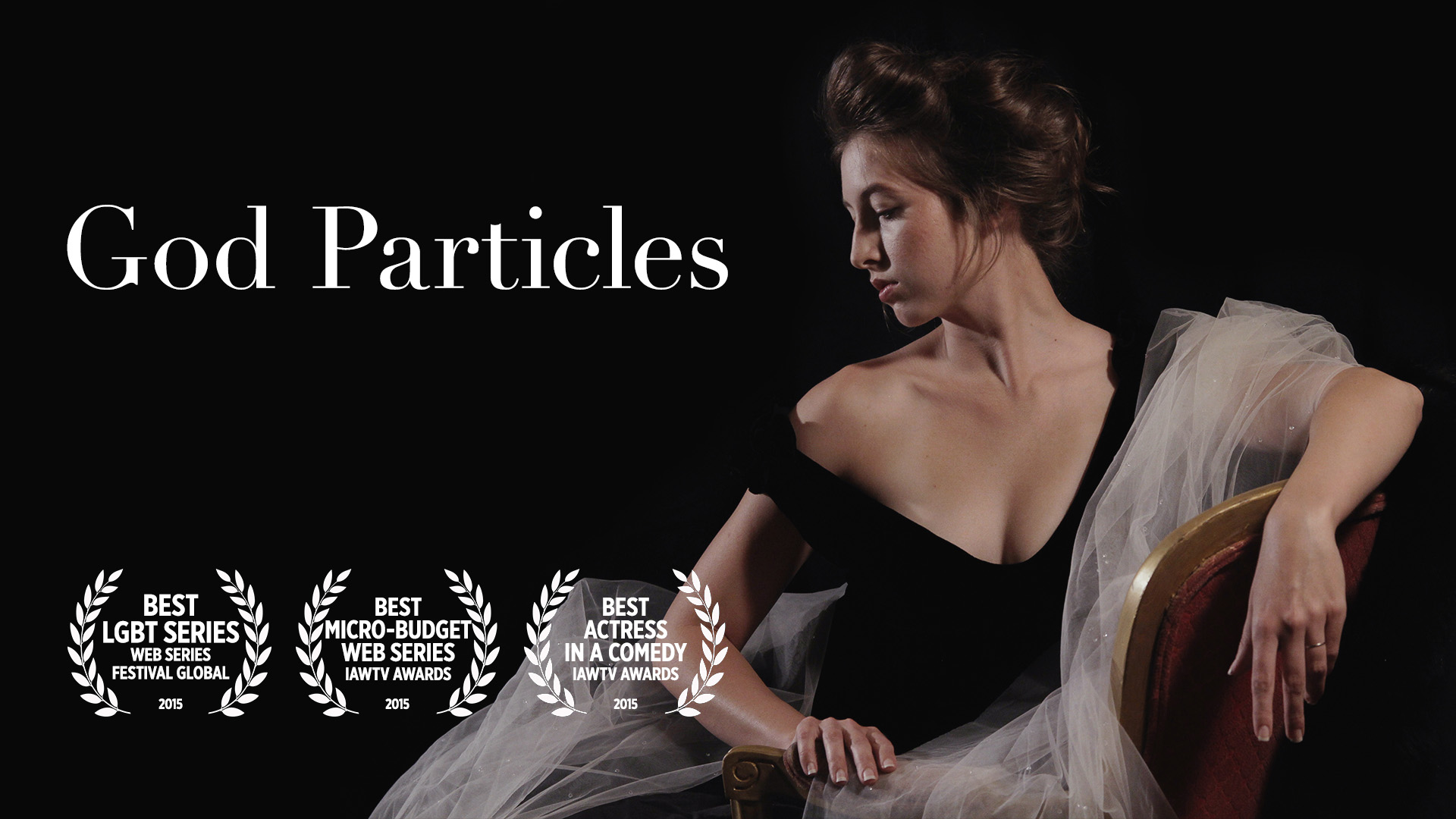Part III
Video
Conspiracy Theories
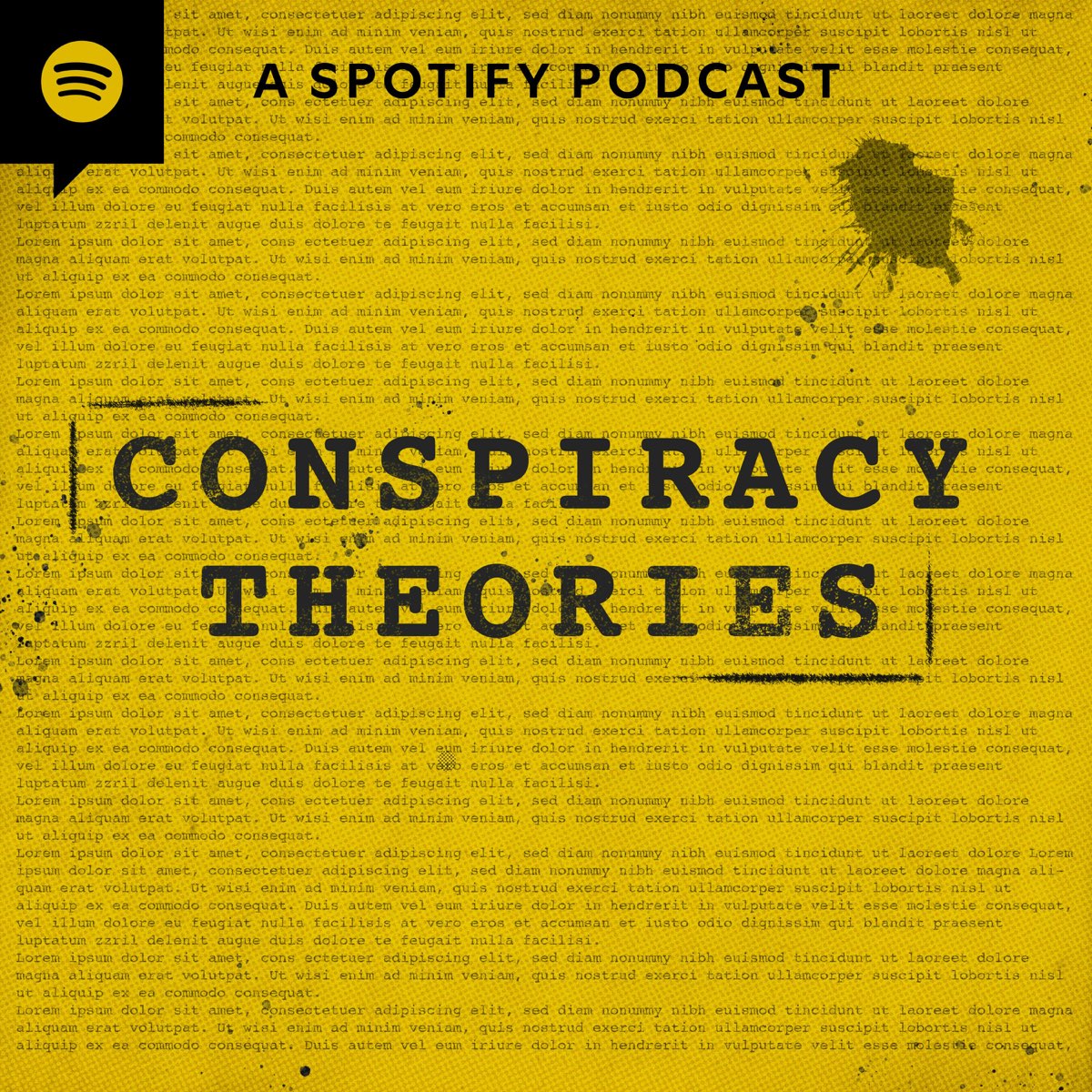
Passing 100 million streams in 2024, Conspiracy Theories stands as one of the most popular podcasts in its genre — balancing real historical conspiracies with those that are more speculative, strange, and culturally sticky. In 2025, the show pivoted to video as part of Spotify Studios’ larger strategy, and I spearheaded the transition.
As director and editor of the first dozen video episodes, I worked closely with the team to ensure that the visual format felt like a natural extension of the show’s tone. This meant developing a visual language that supported the storytelling and validated the reasons to move to video.
The transition also required designing new workflows, troubleshooting technical constraints, and building out documentation and templates that would allow future editors to replicate the look and feel. The result was a video podcast that preserved the strengths of the original feed while opening new creative and editorial possibilities: greatly increased production value, more accessibility to the personality of its host Carter Roy, and visual elements that expanded the story.
Work Samples
Did Edison Kill the Father of Cinema?
Louis Le Prince, a pioneer of early cinema, mysteriously disappeared days before a major showcase of his inventions. And Thomas Edison might have been behind it all.
The episode has a dreamlike yet sinister tone. 135-year-old pieces of film dance before the viewer, enhancing the storytelling in a way simply hearing it could not.
I also sound designed this episode, choosing orchestral music to score the prismatic quality I found in the script and these images, and to deepen the mystery and tragedy of a history that never was.
Have We Found Amelia Earhart's Missing Plane?
This update on the ongoing search for the remains of Amelia Earhart’s ill-fated flight around the world yielded many opportunities to capitalize on what video podcasts can accomplish.
To help orient the viewer in this story’s expansive scope, I developed animated flight paths across massive maps, infographics, and extensive archival photography and video (Earhart was the most famous person in the world in her time, after all).
My colleague Alex Button sound designed this episode, capturing the loneliness and scale of the Pacific with real elegance. I saw my role as supporting that tone: visually mirroring the sense of distance, loss, and enduring uncertainty at the heart of Earhart’s disappearance.
The Colossal Reach of the Tartarian Empire
This episode explores the theory of the Tartarian Empire, a supposedly lost civilization whose architectural remnants, believers claim, still stand hidden in plain sight. Visually, the subject offered a rare gift: an abundance of historical photography. I curated a stream of striking archival images — sweeping domes, behemoth stone facades, impossibly ornate civic buildings — to give visual weight to the theory’s allure.
This story was also unusual in that no one died, the theory is spread by architecture fans and not typical theorists, and at times it’s quite funny. The sound design likewise reflects that levity, ranging from grand orchestral score to light, mischievous pieces.
